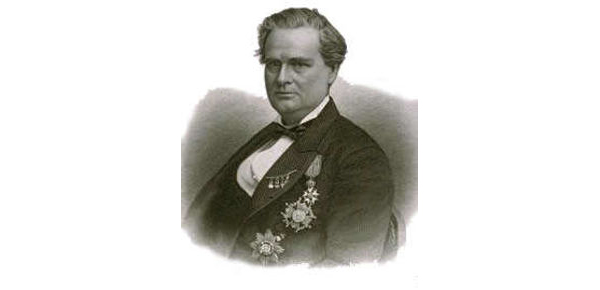
Stephen Kenny blogs about how statues of a medical racist who experimented on enslaved people should be removed.
"Confederate generals are not the only statues causing public outrage in the US. On Saturday, protesters gathered in New York City’s Central Park to call for the removal of a monument to James Marion Sims – the “father of gynaecology” – a doctor who bought, sold and experimented on enslaved people.
There are two other Sims statues on state-owned property. One is in Columbia, South Carolina, and the other in Montgomery, Alabama. In an interview with MSNBC, Steve Benjamin, the mayor of Columbia, recently agreed that the local Sims statue should come down “at some point”. Now the New York Academy of Medicine has reissued a statement supporting the removal of Sims’ effigy from Central Park.
Over the past five decades, a small army of academics – including social historians, feminists, African American scholars and bioethicists – have reached a consensus that Sims’ medical research on enslaved patients was dangerous, exploitative and deeply unethical – even by the standards of his times. And doctors at the Medical University of South Carolina, in Sims’ home state, have publicly acknowledged Sims’ overt medical racism.

The ongoing removal of statues that celebrate the Confederacy and other forms of white supremacy, is an opportunity to also correct the problem of Sims’ troubling presence on the symbolic landscape of America’s past.
Searching for victims
It is common knowledge that Sims was a slave owner during the years he practised medicine in Montgomery, Alabama. It is also well known that he performed dangerous experiments on enslaved women, men and babies. These experiments were so dangerous that even his friends and fellow doctors told him that he was going too far.
The evidence of Sims’ medical malpractice is apparent from the extensive published case notes of the procedures he performed and from his autobiography, The Story of My Life. In his autobiography, Sims revealed that the most “memorable era” of his life was between 1844 and 1849, during which he recollected that “there was never a time that I could not, at any day, have had a subject for operation”.
In same years, he doubled the size of his private hospital for enslaved patients, “ransacking country around” Montgomery for incurable cases of vesico-vaginal fistula (an abnormal tract between the bladder and vagina). Enslaved women were particularly prone to this side effect of childbirth, due to the coercive “breeding” practices of slave-owners and widespread sexual exploitation. For Sims’ fistula patients, the memory of these years would have been unbearable, as they were subject to repeated surgery, without anaesthesia.
Sims is a typical example of a slave-owning, slave-trading, racist medical researcher, of which there were an abundance in antebellum America. Medical experiments on the enslaved were commonplace throughout the era of slavery. Sims, however, proved particularly shrewd in having positioned his medical practice and backyard private hospital at the heart of Montgomery’s booming slave-trading district.

Sims’ hospital and medical research thus directly serviced the slave trade. He attempted to patch up the chronically sick so that they could continue to labour, reproduce, or be sold at a profit to their owners. This was yet another means by which the institution of slavery enabled white racist capitalists to increase their wealth and reputations. Sims’ key role in the cruel business of human trafficking only adds to the urgent need to rethink all of his memorials."
Find out more
- This is an excerpt from an article originally published on The Conversation. Read the full article.
- Read a related article on 'historical truth-telling' from The Hastings Center
- Video news story as more calls for removal of the statues are released
- Read an article about the statues being moved
- Read a statement by the president of the New York Academy of Medicine